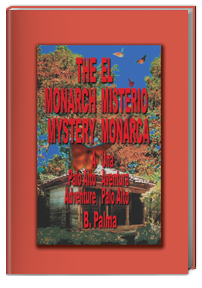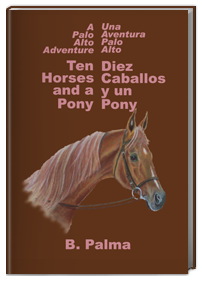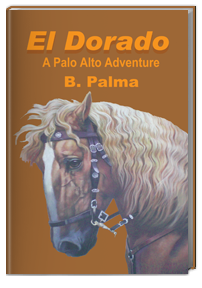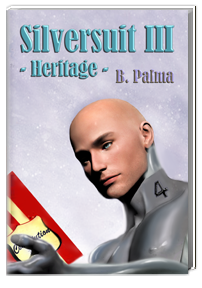Para Español, navega a: “Overview of all the books”
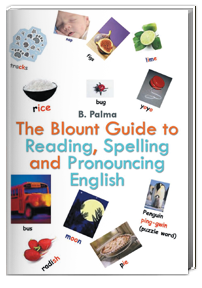
The Blount Guide to Reading, Spelling and Pronouncing English
The Blount Guide is a logical phonetic manual for:
- Parents and teachers of reading to small children.
- Foreigners who wish to pronounce English correctly with instructions in Spanish, French, Portuguese, Japanese and German.
- Spelling teachers.
- Writers of books for children who need to know which words are appropriate for which level reading.
- Teachers of children with learning disabilities.
- Computer programmers who wish to program their computers to teach reading and spelling.
About the Author
Beverley Blount lives in Mexico City where she is completing 27 years of training Montessori teachers in her schools. Under her pen name, B. Palma, she has written seven bilingual books for young adults, weaving her husband’s tales of growing up on his family’s haciendas with her own adventurous teens in the Mexican countryside.
Their lifetime love of horses is reflected in these Palo Alto adventure books. Blount had an eight page article published in the award winning centennial Issue of the Montessori Life journal and two lead articles in The Kappan, the ADK International Teachers Organization’s biannual journal. In 2008, the Mexican National Circle of Reporters awarded her their Golden Sun statuette for special educational merit.
FOR PARENTS AND TEACHERS OF BEGINNING READERS
The teaching of reading to small children is a very delicate task. During the years in which sight reading was in vogue, many children developed serious reading problems and some never learned to read at all. They just became more and more confused. Using a logical phonetic approach, children learn easily without confusion and without reading problems. Each child is an individual and his ability to learn to read may mature anywhere between their fourth and seventh year. This system itself will help you to know when they are ready.
To begin with, forget the A B C´s, they have no relation with reality. Cat does not begin with C(see) but with ku. Why teach ‘C’ ? Use the sounds given in the list on page 1 and teach only the small print letters, not capitals. (Since “a” has 5 sounds in English and 4 shapes; 2 print and 2 script, it’s no wonder the children get confused with an illogical reading program). If possible, buy or make tactile alphabets and let them feel each with the finger of their dominant hand as they learns them. Do not worry about teaching the alphabet in order; maybe start with the letters in their name. If their name is not phonetic as “GERALD”, still teach the “g” of “gun”. The other sounds will come later, after they are reading well. Teach only the 5 short vowel sounds and the basic consonants. That’s all that is needed to be able to read. As they learn each letter sound, look for words that begin with that sound to start training their ears. (The Spanish consonants are almost the same as the English ones, so to read Spanish they only need to learn the vowel sounds, the double ll, rr and the ñ.)
If the child says that giraffe begins with ju it is right, don’t correct them. When they recognize most of the alphabet, they can begin to write them. Remember that building the words with the letters comes long before reading so doesn’t expect the child to read what they can form at first. If possible, use a cut-out cardboard alphabet and have them form the three-letter phonetic words given in the first list. If you say “can” and the child does not hear the sounds Ku-aa-nn, then they are not ready for this step regardless of age. Certain paths in the brain need to mature before this step can be mastered and the best teacher in the world won’t be able to help until this is done. Go back to having them tell you with what sounds different words begin with until you feel they can sound them out easily. You may help them learn to write by feeling the tactile letters and then forming them in the air, on your back or hand, using chalk or on a sand or salt tray before using pencil and paper. Remember a four year old brain may be ready to read while a four year old hand may not be able to write and visa-versa.
When a child, using loose lower case letters, can form with ease the words from the first page, then you can begin to work with the four-letter words from the second list. Instead of dictating them, find small picture cards or little objects and let them form the words beside them with the individual alphabet letters.
I find that practice forming about two hundred words is a good preparation for reading. The children themselves will show this ability when they are ready. Do not try to have them read before being able to form the words easily.
When ready for reading, the most important step in one’s life, return to the three letter words and write one yourself on a small card, letting the child sound the letters out again and again until the word “pops” into their head. Practice all the 3 letters words before continuing with the blends and longer words. A long phonetic word will be easy for him, but don’t try non-phonetic words yet. Work your way slowly through the first part of the book. At first, only read one word at a time and let them match the word to an object or picture..



